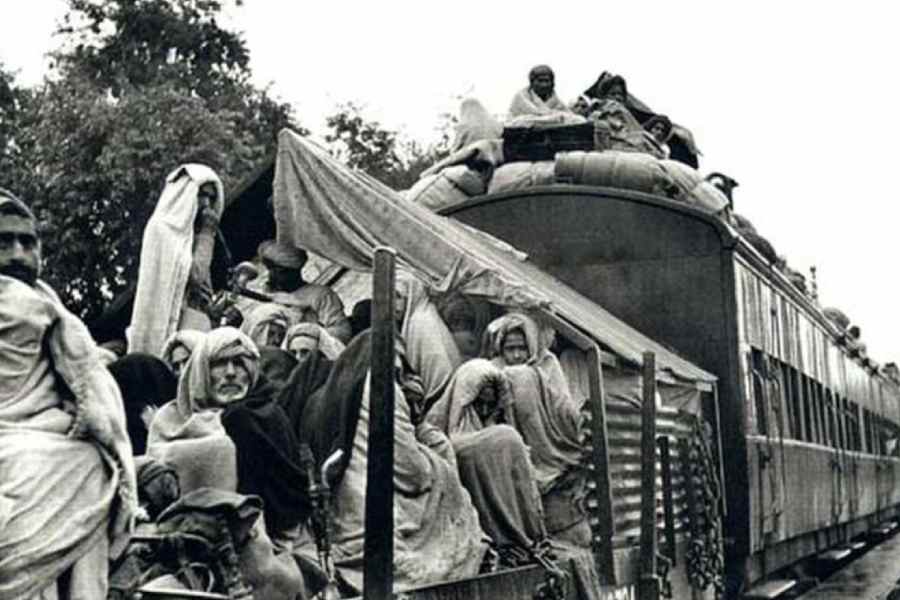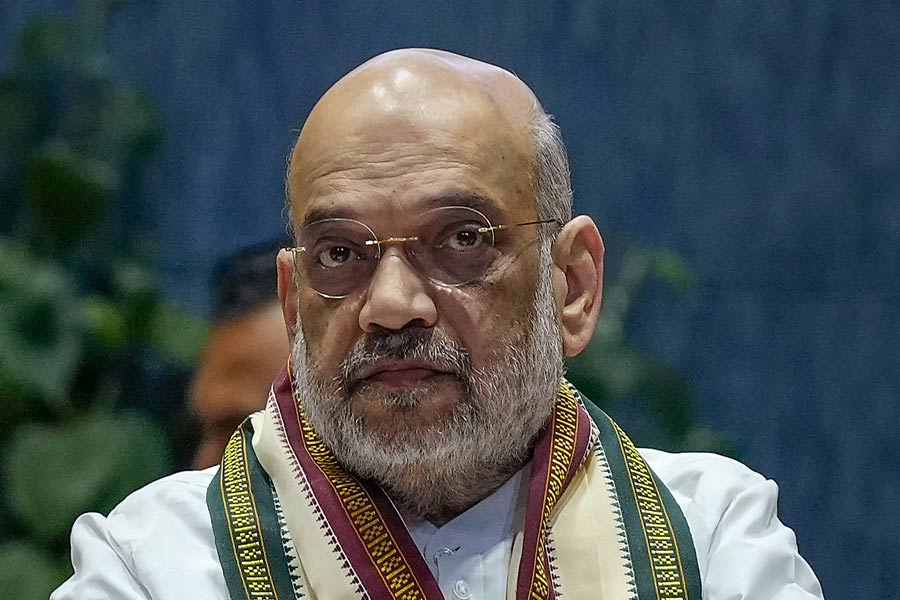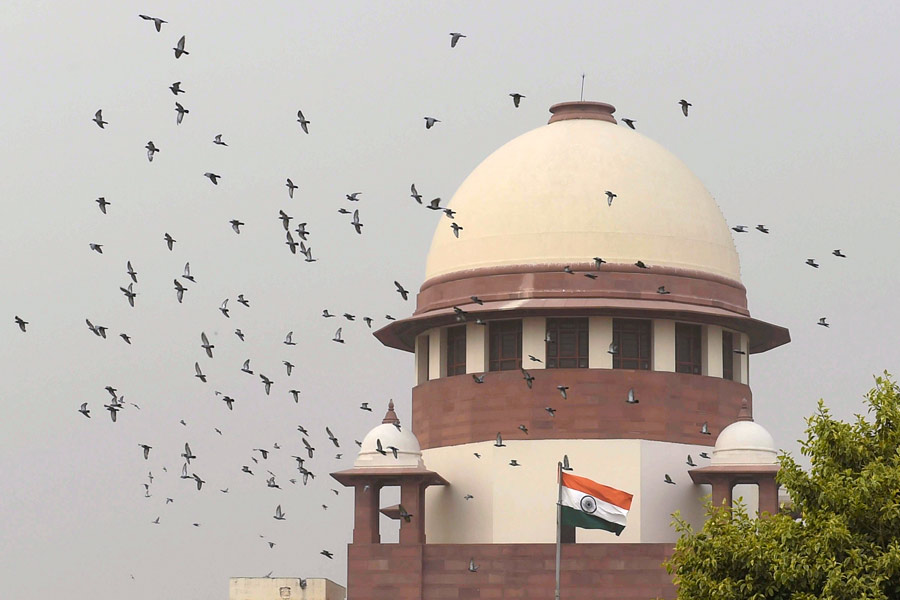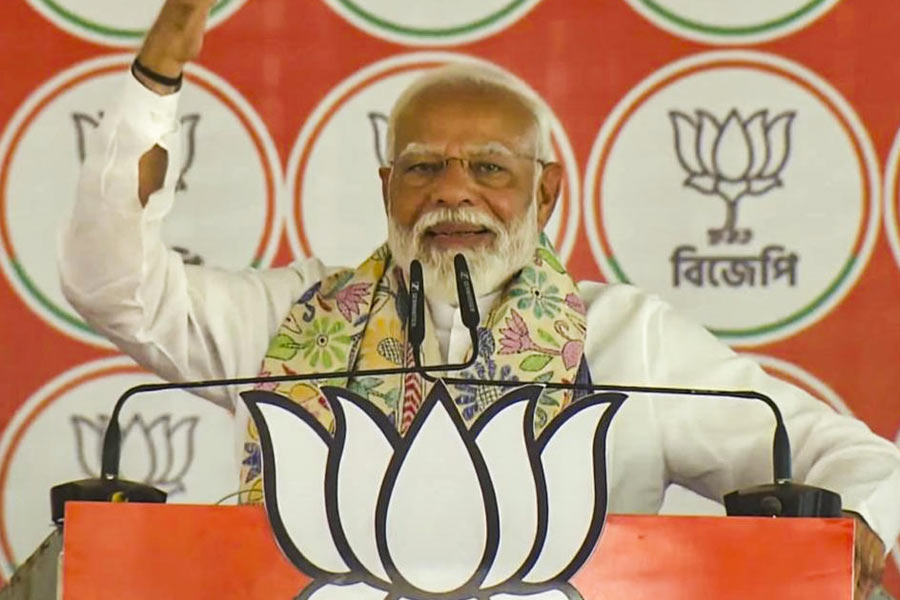In the vibrant tapestry that is New India, the shadows of its colonial past, the trauma of Partition, and the echoes of historical conflicts loom persistently, subtly yet significantly shaping its social and political contours. These spectral remnants are not mere footnotes in history; they are active participants in the nation’s present, influencing contemporary identity and communal relations in many ways. The legacy of colonial rule, with its arbitrary borders and divide-and-rule policies, continues to manifest in linguistic, religious, and ethnic tensions that pervade the Indian subcontinent. In this context, historical hauntings act as a prism through which the complexities of nation-building, amidst diverging narratives and unresolved grievances, are not only highlighted but also interrogated. Acknowledging and engaging with these spectres is crucial for forging a path toward a more inclusive and harmonious society where the lessons of the past inform the decisions of the present and the aspirations for the future. Cultural memory and nostalgia, Indian cinema, literature, and art serve not only as repositories of the nation’s collective memory but also as vibrant arenas where the past is both contested and revered, often embodying Jacques Derrida’s concept of hauntology.
Derrida, a luminary of continental philosophy, introduced hauntology against ontology to question established notions of presence and absence. Hauntology posits that the absent — those spectral echoes of history — persistently moulds our current reality, disrupting the linear notion of time. It beckons us to engage with the vestiges of history that persist, shadowing the present and impacting our choices and understanding of the world around us. Films like Article 15 exemplify how contemporary Indian cinema navigates the murky waters of historical traumas and societal injustices, shedding light on issues that, while rooted in the past, continue to haunt the present. Through its gritty portrayal of caste-based discrimination — a systemic malaise with deep historical roots — Article 15 invokes a sense of nostalgia, not for a past that was but for a future that could have been had these divisions not persisted. This yearning for a lost future, where equality and justice are not just ideals but realities, underscores the presence of the past in the present and the impact of what is absent, or what has been erased, on our collective consciousness. Indian art and literature, with rich stories
and images, similarly navigates this complex landscape of memory and loss, acting as conduits through which the nation reflects on its traumas, celebrates its resilience, and envisions a future unburdened by the spectres of the past.
The narrative of India’s economic transformation is also a tale of paradoxes, where the spectres of development cast long shadows over the nation’s landscape. As India strides on the path of rapid economic growth and liberalisation, it grapples with the dual forces of erasure and romanticisation of its past. Traditional lifestyles and environments find themselves at the crossroads of modernity, often sacrificed at the altar of progress. The bustling markets, the artisanal crafts, and the rural agrarian ways — integral to India’s identity — are fading, leaving behind a nostalgia for a simplicity and authenticity that progress threatens to engulf. Yet, in this race towards the future, there is a simultaneous romanticisation of the past, an idealisation of cultural heritage that is often commodified rather than preserved in its essence. This dichotomy underscores the haunting presence of what is lost in the pursuit of what might be gained, a poignant reminder of Derrida’s assertion that the ghosts of the past always overshadow the future. In digital spectres and new media, the resurgence of regional languages and traditional music on platforms like YouTube and Spotify serves as a poignant example. Artists like Ritviz, who blend traditional Indian classical music with electronic beats, have found massive audiences both within and outside India, showcasing how digital platforms can resurrect and redefine cultural heritage. Similarly, initiatives like the Indian Memory Project leverage digital technology to curate and share personal histories and narratives that challenge official historical accounts, fostering a form of collective memory that is both inclusive and diverse. These platforms not only provide a space for nostalgia but also enable a critical re-examination of the past, offering insights into India’s complex social fabric and the ways in which its history continues to influence contemporary identity and culture.
In Indian politics, the spectre of past ideologies and promises looms large, shaping contemporary political discourse. This is particularly evident in the recurring debates around secularism and nationalism, ideologies that have been central to India’s identity since its inception as a modern nation-state. Recent legislative and policy decisions, such as the Citizenship (Amendment) Act and the National Register of Citizens, serve as stark examples of how past ideologies and promises haunt current governance. These measures have sparked widespread debate and protest, highlighting the tensions between India’s secular Constitution and the push towards a specific majoritarian State. Critics argue that such policies not only reflect a departure from India’s pluralistic ideals but also resurrect and amplify divisions that date back to Partition — a haunting reminder of the subcontinent’s traumatic history of religious strife. Moreover, the political discourse surrounding these issues often invokes historical figures and events, from the freedom struggle to the Emergency of the 1970s, as points of reference or contention. This selective invocation of the past legitimises current policies and engages in a dialogue with the ghosts of ideologies that have shaped the nation’s trajectory. The result is a complex landscape of governance and democracy in modern India, where the past is not simply a backdrop but an active participant in shaping the future.
These instances indicate that Derrida’s hauntology offers a compelling lens to understand the dynamics of Indian politics. The spectres of past promises and ideologies continue to haunt the corridors of power, challenging us to reflect on the kind of future India aims to build. In this light, the political discourse in India is a vivid testament to the enduring influence of historical narratives and ideological commitments, underscoring the need for a nuanced engagement with the past as the nation navigates its path towards democracy and development.
Sanjay Kaushal teaches at Indian Institute of Management, Bodh Gaya











